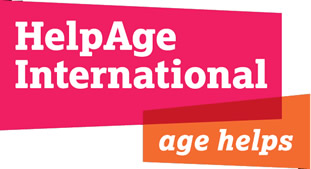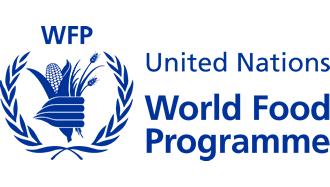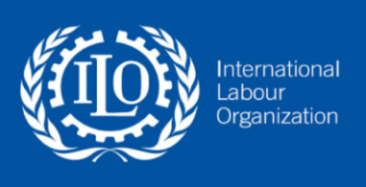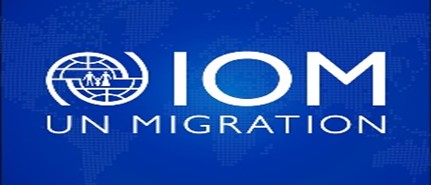Select your language
- Read Time: 1 min
- Hits: 2312
Social Protection Program
Social protection in Ethiopia: Genesis, Types, and Modes of Implementation
Social protection is defined as the set of policies and programs designed to reduce and prevent poverty and vulnerability throughout the life cycle. National Social Protection policy/Strategy of Ethiopia defines it as ‘a set of formal and informal interventions that aim to reduce social and economic risks, vulnerabilities and deprivations from all people and facilitates equitable growth to all.
Social protection is defined as the set of policies and programs designed to reduce and prevent poverty and vulnerability throughout the life cycle. National Social Protection policy/Strategy of Ethiopia defines it as ‘a set of formal and informal interventions that aim to reduce social and economic risks, vulnerabilities and deprivations from all people and facilitates equitable growth to all.
The genesis of formal social protection in Ethiopia goes back to 1963 with the establishment of a civil service pension scheme which makes Ethiopia one of the first countries in Africa to institutionalize contributory social security for its citizens. This scheme, along with the private-organization employees’ pension scheme, formed the formal social protection or security system in Ethiopia, which is largely for urban public sector employees. The rural population has not been part of any formal social protection systems until Rural Productive Safety Net was introduced in 2005.
The Rural and Urban PSNPs are at the center of the social protection system in Ethiopia and are financed by the government and a consortium of development/donor partners. Both PSNPs had gradually expanded from an initial 5.5 million beneficiaries to an estimated 9.7 million participants, which accounts for roughly 9% of Ethiopia’s population. The other largest social protection scheme now is the Community-based health insurance (CBHI) scheme was introduced by the government in 2015/16 after the programme was successfully piloted in 13 districts from 2011 onwards. The scheme is government-driven but with community engagement, aiming to achieve the provision of universal and equitable access to health care services for the rural population and informal employees in urban areas through pr-payment and risk pooling arrangements now reaching about 9.6M HHs. Similarly, as part Ministry of Education’s National School Health and Nutrition Strategy, Ethiopia implements a national school feeding programme that currently covers about 1.74 M grade 1-8 students nationwide.
Overall, the National Social Protection Policy and Strategy of Ethiopia identified five interrelated priority focus areas for its strategic directions: promotion of productive safety nets, promotion of employment opportunities and livelihoods, promotion of social insurance, and enhancement of equitable access to and use of basic services and provision of legal protection and support services for those vulnerable to violence and abuse.
Despite the existence of a National Social Protection Policy (NSPP) and the Ethiopian Government’s collaboration with development partners in implementing a range of contributory and non-contributory social protection programs that covered about 25.5million (22.2%) of the population; the implementation of Social Protection programmes show fragmentation. One of the major challenges in social protection program implementation in Ethiopia is the lack of integrating diverse initiatives into genuine systems with the capacity to coordinate programmes with the Govt institutions responsible for their design, financing, implementation, regulation, monitoring, and evaluation, with the aim of raising the population’s living standards.
About the website
The primary objective of this website is to establish an interactive, functional, and appealing website to showcase social protection policies and programming in Ethiopia.
Contacts
MoWSA Building, Head Office
Phone Number: +251-11-551-7080 / +251-11-551-5249
P.O. Box: 0000 ETHIOPIA, ADDIS ABABA
Email: [email protected]
Website: MoWSA Website
 አማርኛ (Ethiopia)
አማርኛ (Ethiopia)  English (United Kingdom)
English (United Kingdom) 













